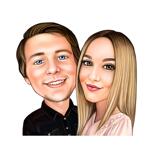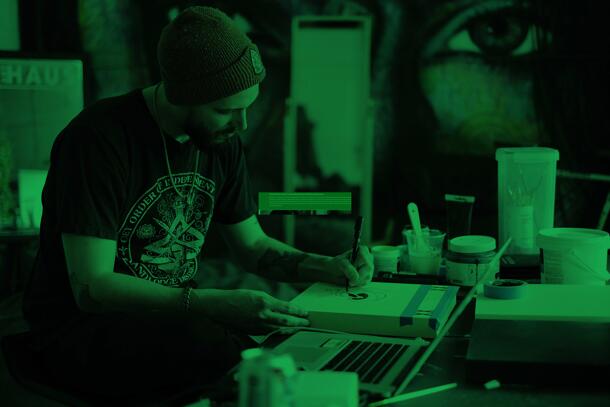
What Is a Caricature Artist?
I. Understanding Caricature Art
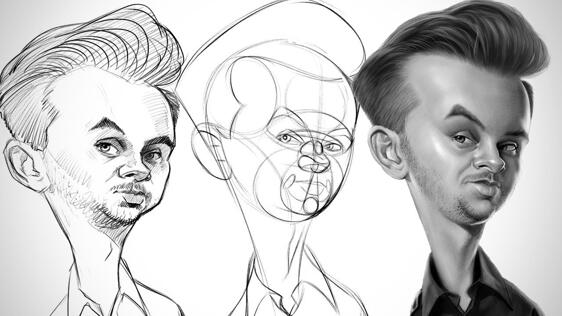
A. Definition and history
Let's start our journey by defining this term and examining the moment it debuted in art. The word comes from Italian words that mean "to load" or "to exaggerate." Caricature is when an artist draws a funny picture of someone by making their features bigger or smaller than they are. Such art differs from a regular picture because it's meant to be funny. You might have seen artists on the street who draw such portraits; they make people look weird by making their noses or heads bigger; even though they look different, you can recognize the Subject. This form of art has been used for a long time to make people laugh or to say something meaningful about politics. Comic art has a long history, dating back to prehistoric times. Egyptians even included this type of art in their tombs. In the 16th century, two artists, Annibale and Agostino Carracci, coined the term "caricature" and created funny pictures of people. Throughout the 17th to 19th centuries, comic art was used to comment on public figures and politics, and it remained popular in Europe and the United States. Printing technology advancements allowed artists to distribute their work widely. Harsh satire targeting royalty and politicians was typical, and the popularity of caricature art increased with the rise of periodicals like Vanity Fair. Today, caricatures are widely disseminated in print and online, thanks to the fertile political environment worldwide.
B. Styles and Techniques
The following are some of the most typical approaches and styles that are utilized while making art caricatures:
* Exaggerated: As the name suggests, the exaggerated portrait cartoons show how the characters look by exaggerating and distorting the facial features that make them look different from regular people.
* Abstract cartoons: Abstract cartoons are a fascinating form of art that creatively blends abstraction with cartooning style. It offers a fresh and creative perspective using simplified forms and shapes rather than striving for a highly detailed and realistic portrayal.
* Simple strokes: Simple strokes are an art method that uses simple, abstract lines and forms to depict a topic. While this style may be good at communicating movement and emotion, it can produce a highly abstract picture of the topic that undermines specific character identities.
* Cartoonish Style: Using exaggerated forms and shapes is one of the distinguishing characteristics of the cartoonish style. It produces the whimsy and playfulness commonly associated with the cartoon genre. Characters and objects are frequently shown with exaggerated facial expressions and motions, as well as giant heads, hands, and feet.
* Realistic sketches: Realistic sketches are a style of art in which the subject is captured in a realistic, photographic-like manner. They are detailed and precise depictions of the topic without including abstract elements or methods that may detract from the realistic portrayal.
II. The Role of a Caricature Artist

A. Skills and qualities
A caricature artist is a skilled professional who creates amusing and exaggerated portraits of individuals, often in a lively environment like a theme park or event. They must possess both technical and creative abilities, as well as good interpersonal skills; here are some of the essential talents of a caricature artist:
* Observing is essential for a caricaturist to capture their subject's likeness and quirks accurately;
* A good sense of humor and the ability to infuse one's work with comedy are essential qualities for a caricature artist, as caricatures are intended to be comic and funny;
* Artistry: Caricature artists must go outside the box to create amusing and memorable depictions of their subjects;
* Communication skills: Connecting well with the subject is essential for the artist, as this will help relax them and make the experience more enjoyable;
* Adaptability: Caricature painters should be flexible in adapting their work to various subjects and settings;
* Effective use of time: Many caricature artists work in high-pressure settings like amusement parks or events, so they must multitask and prioritize effectively while meeting strict deadlines;
* Ability to Draw: First and Foremost The ability to swiftly sketch out a resemblance of one's subject and comically exaggerate their features are two of the essential drawing talents for a caricature artist.
Being a caricature artist is an exciting and rewarding profession that demands unique skills and qualities.
B. Creative process
Caricature artists excel at capturing specific traits and creating inflated, amusing drawings. Here's a simplified breakdown of their creative process:
1. Examine the subject's unique physical features, expressions, and personality.
2. Plan how to magnify the subject's features for comedic effect.
3. Create a rough sketch to outline the basic shape of the caricature.
4. Use solid lines and playful exaggerations to enhance the subject's characteristics.
5. Add shading, texture, and details for a polished and professional look.
6. Apply color and text to complete the caricature.
7. If satisfied, the subject can purchase the finished caricature as a souvenir.
 -50%
-50%Christmas Group Caricature in Christmas Wreathfrom$64.99 / $32.99 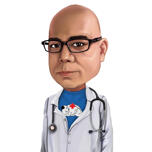
Vet Doctor Cartoon with Logo on Chest$42.99
C. Professional applications
Caricature artists have various professional options beyond entertainment. They can make a lasting impact in a changing art world. Here are some examples of their professional uses:
1. Editorial Cartooning: Caricature artists create cartoons for newspapers, magazines, and websites, offering commentary on current events, politics, and social issues.
2. Advertising and Marketing: Caricatures are functional tools in advertising campaigns, helping companies promote products or services, attract attention, and establish a fun and memorable brand identity.
3. Live Entertainment: Caricature artists are famous at weddings, business events, and private parties, providing engaging and entertaining live entertainment by quickly sketching caricatures of guests.
4. Digital Media: Caricaturists can create digital caricatures for online platforms, mobile apps, and websites, designing unique avatars, profile images, and social media content.
5. Illustration: Caricature artists can venture into illustrating for children's books, comic books, and graphic novels, leveraging their distinctive style to create visually captivating characters and scenes.
III. Famous Caricature Artists




Contemporary artists
It's incredible to see how many talented contemporary artists are working in the field of caricature today, each bringing their unique style and approach to the art form. Here are some notable examples:
Sebastian Krüger
German caricature artist Krüger has drawn numerous famous people, including Arnold Schwarzenegger and Mick Jagger. The dramatic lighting and accentuated features are trademarks of his art.
Steve Brodner:
Brodner is an American illustrator and caricature artist whose work has appeared in The New Yorker and The Washington Post, among other media. His work is sometimes criticized for being either overtly political or too gory.
David Cowles:
The caricature and illustration work of Cowles has appeared in publications, including Rolling Stone and Entertainment Weekly. His work is characterized by his exuberant use of color, pattern, and texture.
IV. Caricature Art as a Career
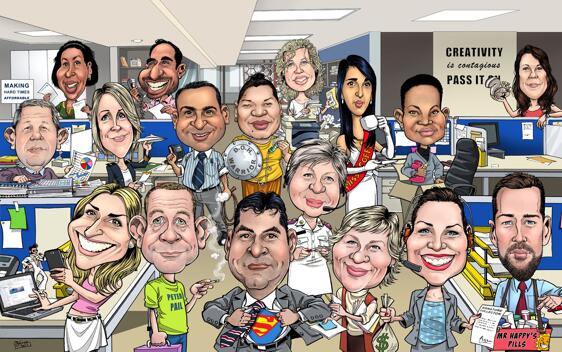
A. Education and training
Education, hands-on experience, and connections with other artists are all essential components of a successful career in caricature art. You may transform your interest in caricature art into a successful profession if you are willing to put in the effort and stay dedicated to the field. You may learn the skills you need to make caricatures by taking classes in drawing, painting, and other creative genres. A fine art or illustration degree may give you a good grounding in this field, so you should consider getting one. For your further development, attending seminars and classes dedicated to caricature art can help you expand your knowledge and skills in this field.
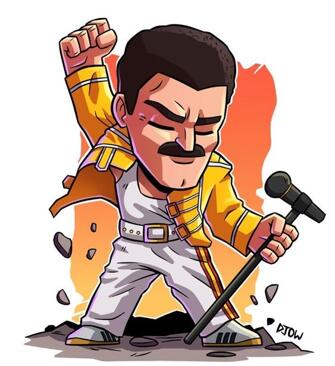
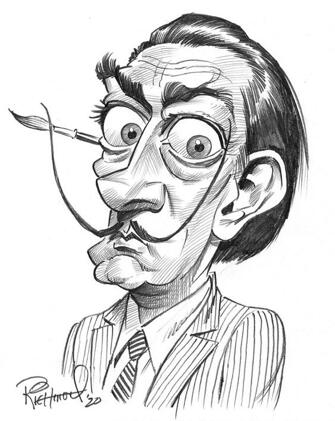
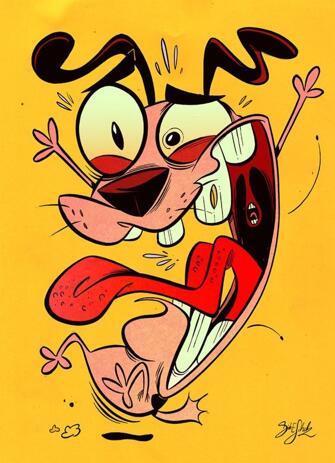
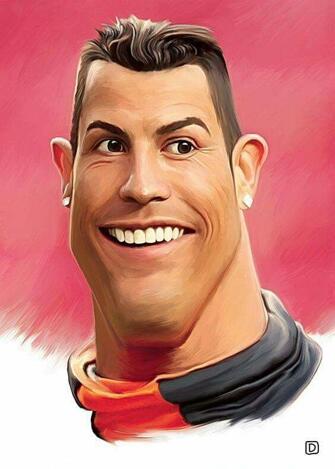
B. Building a portfolio
A robust portfolio is necessary for any artistic profession. Compile a portfolio of your most fabulous caricature artwork to demonstrate your talent.
With consistent practice, anyone can master the art of caricature. You can start by honing your skills in drawing caricatures of your loved ones and acquaintances. Attending events like festivals and fairs is an excellent opportunity to practice your skills in drawing caricatures of strangers!
Title Placeholder
Description Placeholder
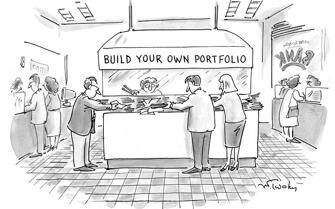
C. Job opportunities
Caricature artists have many job opportunities in various industries, such as entertainment, publishing, advertising, and events. If you're pursuing a career in caricature art, plenty of potential job opportunities are available for you:
* Events: Weddings, company gatherings, and trade exhibitions are just a few occasions that often employ caricature artists. You may expand your portfolio and make connections with possible employers.
* Advertising: Caricature artists commissioned by ad agencies and companies regularly create images featured in print and online advertising. If you have a talent for drawing, pursuing a career in this field could be a promising path for you.
* Theme Parks: Caricature artists are a popular attraction at many theme parks. It is a fantastic chance for you to establish yourself as a caricature artist and earn a living doing what you love.
We hope you found this post informative and valuable. Caricature as an art form has grown in popularity and appreciation recently. It provides a unique and personalized way to surprise someone with a unique present or use it for numerous business purposes. Art Caricature's forward-thinking and inventive approach, which gives helpful advice, will help you bring your vision to life.
If you wish to see what you might look like in such a setting, we urge you to pursue Photolamus's lovely collection of our works. Photolamus will collaborate with you throughout the development of your artwork to guarantee that your vision is realized. We are devoted to obtaining your intended output from the initial consultation and idea formulation through the last round of adjustments and delivery of the finalized product.
Comments



